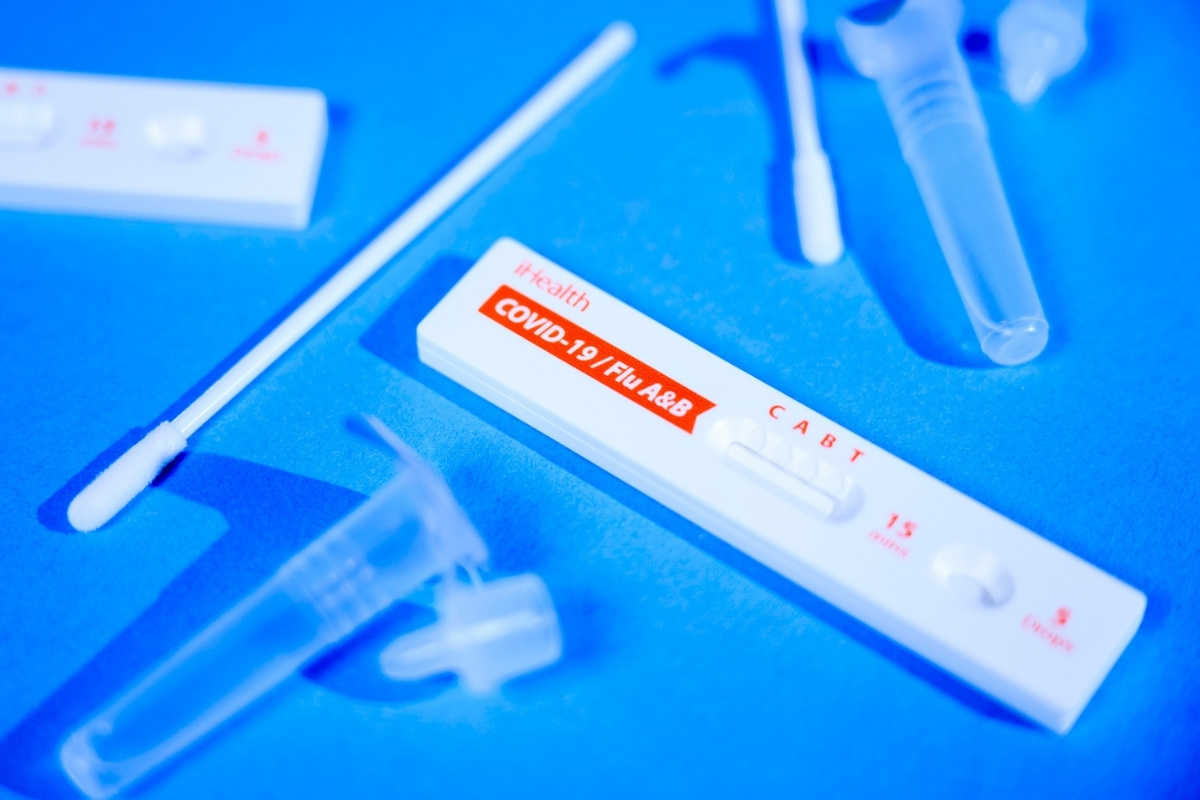
COVID-19 tests have become a crucial part of our lives. But how much do you really know about them? Understanding these tests can help you stay informed and safe. From PCR tests to rapid antigen tests, each type has its own strengths and weaknesses. Did you know that PCR tests are considered the gold standard for accuracy? Or that rapid tests can give results in just 15 minutes? Knowing the differences can help you choose the right test for your needs. Let's dive into 29 facts about COVID tests that will clear up any confusion and keep you in the know.
What is a COVID Test?
COVID tests help detect the presence of the SARS-CoV-2 virus, which causes COVID-19. These tests are crucial for controlling the spread of the virus by identifying infected individuals.
- PCR Tests: Polymerase Chain Reaction (PCR) tests are considered the gold standard for COVID-19 detection. They amplify viral genetic material to detect even small amounts of the virus.
- Antigen Tests: These tests detect specific proteins from the virus. They are faster but less accurate than PCR tests.
- Antibody Tests: These tests check for antibodies in the blood, indicating past infection rather than current infection.
- Saliva Tests: Some tests use saliva instead of nasal swabs, making them less invasive and more comfortable.
- Home Testing Kits: Many countries offer home testing kits, allowing individuals to test themselves without visiting a clinic.
How Do COVID Tests Work?
Understanding the mechanics behind COVID tests can help demystify the process and make it less intimidating.
- Sample Collection: Most tests require a sample from the nasal cavity or throat. Some newer tests use saliva.
- Transport Medium: Samples are placed in a special solution that preserves the virus during transport to the lab.
- Lab Processing: In the lab, samples undergo various processes to extract and amplify viral RNA.
- Result Interpretation: Lab technicians or automated systems interpret the results, which are then communicated to the patient.
- Turnaround Time: PCR tests usually take a few hours to a couple of days, while rapid tests can give results in 15-30 minutes.
Accuracy and Reliability of COVID Tests
The accuracy of COVID tests can vary based on several factors, including the type of test and how it is administered.
- Sensitivity: PCR tests have high sensitivity, meaning they can detect even low levels of the virus.
- Specificity: High specificity means the test is good at distinguishing between COVID-19 and other viruses.
- False Positives: Rare but possible, especially with antigen tests.
- False Negatives: More common with rapid tests, especially if the viral load is low.
- Quality Control: Labs follow strict protocols to ensure the accuracy and reliability of test results.
Who Should Get Tested?
Knowing who should get tested can help manage resources and ensure timely diagnosis.
- Symptomatic Individuals: Anyone showing symptoms like fever, cough, or loss of taste should get tested.
- Close Contacts: People who have been in close contact with a confirmed case should also get tested.
- Healthcare Workers: Regular testing helps protect both healthcare workers and their patients.
- Travelers: Many countries require a negative test result before allowing entry.
- High-Risk Groups: Elderly individuals and those with underlying health conditions should get tested more frequently.
Impact of COVID Testing on Public Health
COVID testing has had a significant impact on public health strategies and outcomes.
- Contact Tracing: Testing helps identify and isolate infected individuals, aiding in contact tracing efforts.
- Quarantine Measures: Positive test results lead to quarantine measures, reducing the spread of the virus.
- Epidemiological Data: Testing provides valuable data for tracking the spread and impact of the virus.
- Resource Allocation: Helps allocate medical resources more effectively by identifying hotspots.
- Public Awareness: Increased testing has raised public awareness about the importance of hygiene and social distancing.
Innovations in COVID Testing
The pandemic has spurred numerous innovations in testing technology.
- CRISPR-Based Tests: New tests use CRISPR technology for faster and more accurate results.
- Wearable Sensors: Some companies are developing wearable sensors that can detect COVID-19 symptoms early.
- AI and Machine Learning: Artificial intelligence is being used to analyze test results more quickly and accurately.
- Multiplex Testing: Tests that can detect multiple viruses, including COVID-19, in a single sample are being developed.
Final Thoughts on COVID Tests
COVID tests have played a crucial role in managing the pandemic. From PCR tests to rapid antigen tests, each type has its own strengths. PCR tests are highly accurate but take longer, while rapid tests give quick results but might not be as precise. Home testing kits have made it easier for people to check their status without visiting a clinic. False positives and false negatives can happen, so it's important to follow up with a healthcare provider if you have symptoms but test negative. Testing frequency matters too; regular testing can help catch infections early. Remember, no test is perfect, but they are essential tools in our fight against COVID-19. Stay informed, stay safe, and keep testing when needed.
Was this page helpful?
Our commitment to delivering trustworthy and engaging content is at the heart of what we do. Each fact on our site is contributed by real users like you, bringing a wealth of diverse insights and information. To ensure the highest standards of accuracy and reliability, our dedicated editors meticulously review each submission. This process guarantees that the facts we share are not only fascinating but also credible. Trust in our commitment to quality and authenticity as you explore and learn with us.
